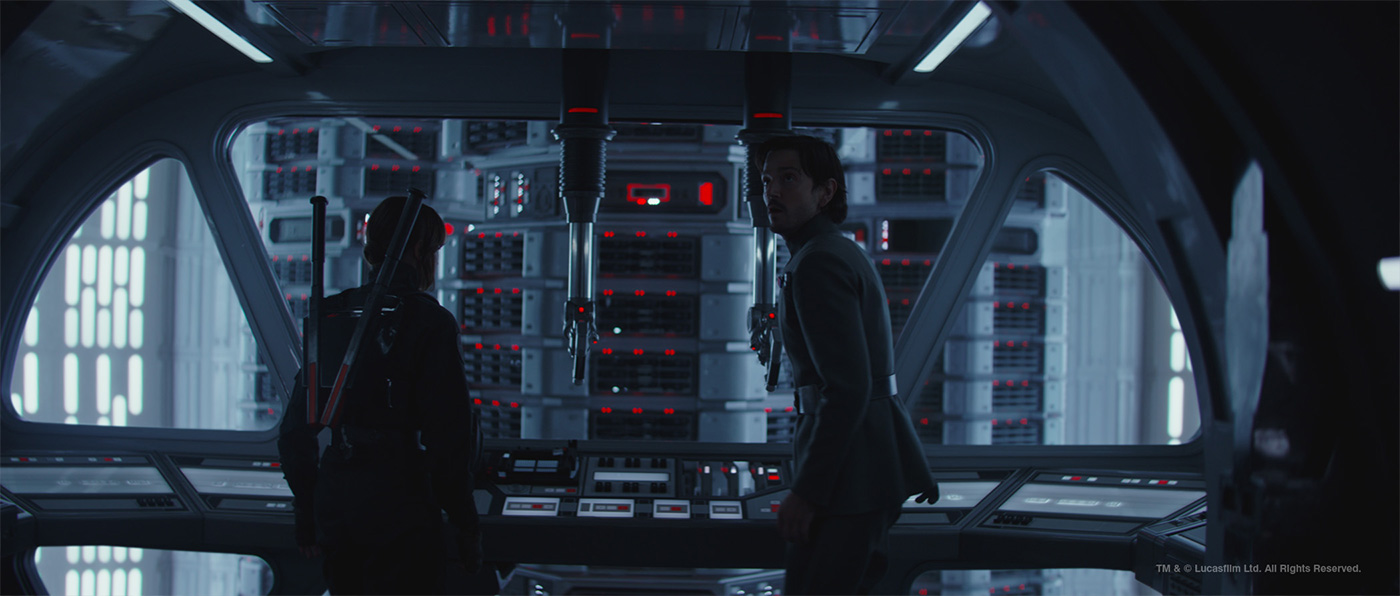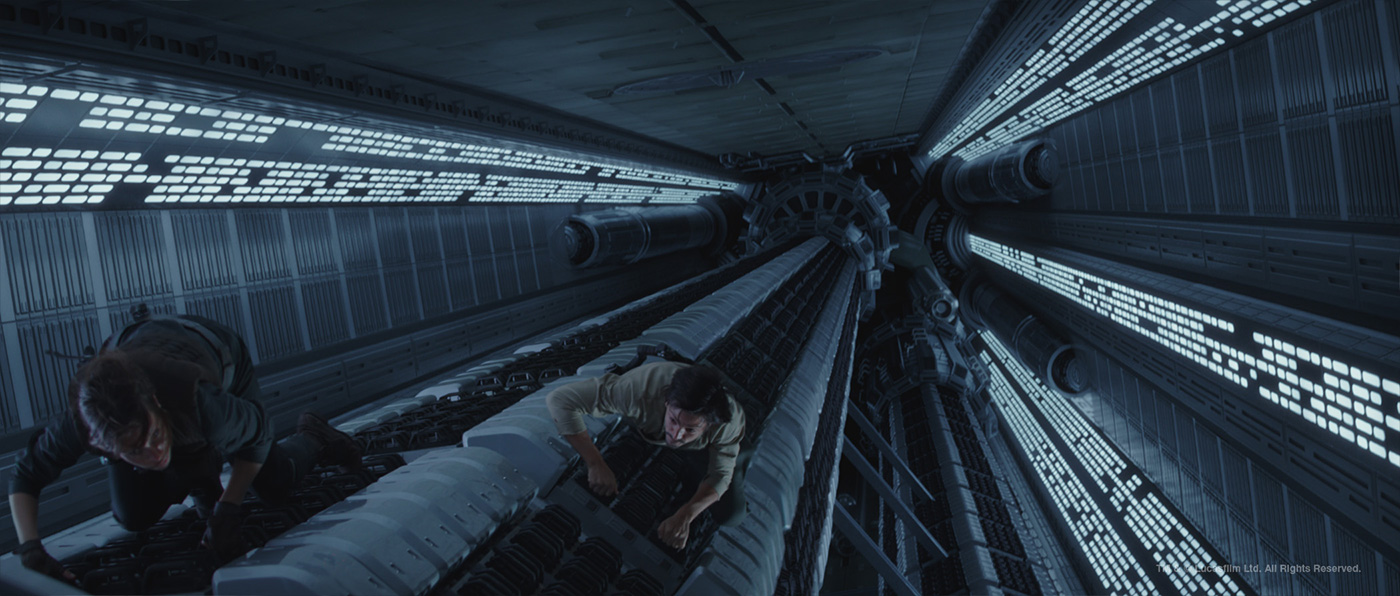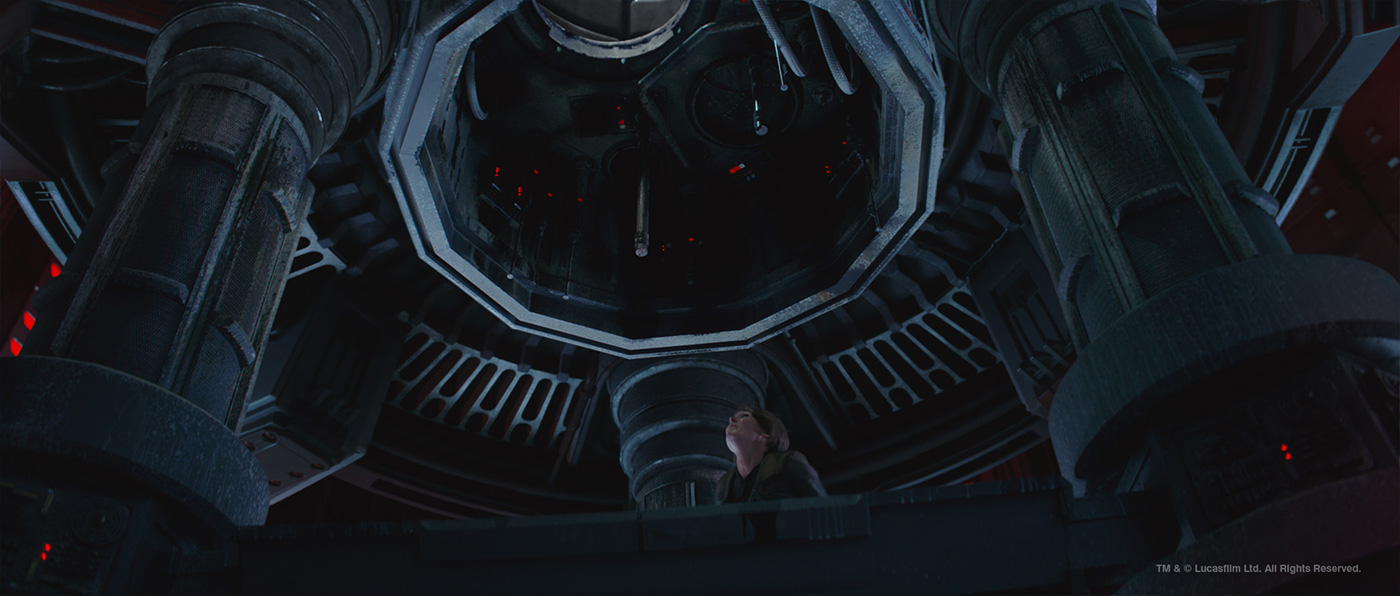Joseph Kasparian started working at Hybride as a 3D generalist since February 9th, 1997. He moved on to be Lead Textures & Lighting on productions such as SIN CITY, 300, PREDATORS and THE HUNGER GAMES. More recently, Joseph was VFX Supervisor on UNBROKEN, TOMORROWLAND, JURASSIC WORLD, STAR WARS: THE FORCE AWAKENS, WARCRAFT and THE GREAT WALL.
How did you and Hybride get involved on this show?
We’ve been collaborating with ILM since 2013. The relationship between Hybride and ILM began while working on PACIFIC RIM. Since then, in conjunction with ILM, Hybride has contributed visual effects on TEENAGE MUTANT NINJA TURTLES, UNBROKEN, TOMORROWLAND and JURASSIC WORLD. More recently, they’ve entrusted us to craft VFX for several sequences for STAR WARS: THE FORCE AWAKENS, so it was really exciting for us to also work on the first of the STAR WARS standalone films.
What was your feeling to be back in the Star Wars universe?
It was great! We were thrilled to be back in the Star Wars Universe. We were asked to do a variation of the same types of effects like the ones we did on EPISODE 7, with set extensions and pills light.
What are the sequences made by Hybride?
We worked on the Data Vault scene. We produced and integrated different types of elements for the sequence where Jyn and Cassian locate the Death Star plans that are being kept inside a vertiginous data vault.
How did you organize the work amongst your team?
The entire sequence takes place in the same location, but at different stages. It was important to split the workload into different groups of similar shots that were carefully assigned to the same artists. Prioritizing master shots for each group helped us iterate a minimal amount of shots, which allowed us to get the desired look approved quickly.
How did you approach the design of the data vault?
We received artwork and design geometry from ILM for everything that had to do with the ceiling and the bottom portion of the room. We then extended the design that was partially built on set for everything in the middle.
Can you explain in detail about the creation of this environment?
The production team shot the data vault sequence in a soundstage that included an access window and the upper portion of the vault, which performers scaled using wire rig supports. Since the backings were white screen, the shots required a lot of rotoscopy because production wanted to keep the real lighting on the characters as Jyn was scaling the wall. We also mimicked the lighting conditions, which served in creating a very realistic feeling.
How did you work with the ILM VFX Supervisors and their teams?
We had meetings with ILM supervisors twice a week. We had a 3-hour time difference, which was very helpful near the end! We were able to send clips in the morning knowing that we would get a review within the hour and do a pass addressing the notes later that same day.
How did you created digi-doubles of the actors?
The digi-double work consisted mainly of one Death trooper getting hit by a laser and falling into the data vault. The asset was created by ILM, which they then shared with us. We were sent an exr turntable to validate the texture and shading transfer.
How did recreate the famous laser effects?
Those effects were done by ILM.
What was the biggest challenge on this project and how did you achieve it?
The biggest challenge for me was normalizing the process of creating the set extension for all the shots, knowing that the lighting on set would be constantly pulsing in random directions. The data vault columns were made out of reflective material so it was very important that the transition between live and CG plates were accurate. It was crucial that we match the reflection on the columns for all shots where the camera was moving. We had to generate 2 different light rigs for the columns to recreate the look of the data vault room. The first needed to match the large white screens used on the set and the second was physically accurate CG lighting that came from the pills light wall. We blended these elements in compositing using a multitude of Aov’s to define were the transition should be.
The main challenge for the look dev was extending and adjusting the lighting of a 30ft live set and extending the central data shaft 200 feet.
Was there a shot or a sequence that prevented you from sleep?
Not really, it went really well! We had a blast working on this.
What do you keep from this experience?
Everything went very well and the connection with ILM supervision was great. We were able to establish the look of the sequence Very early on, which allowed us to put more time into building a solid pipeline. We were also able to output the sequence very quickly and the artists really felt implicated because of this.
What was the size of your team?
76 employees worked on this project.
What is your next project?
We are currently working with ILM on VALERIAN (245 shots) and THE GREAT WALL (137 shots) (and others we can’t mention yet!).
What are the four movies that gave you the passion for cinema?
There are a lot! There’s the original STAR WARS trilogy, JURASSIC PARK and ALIENS. But I have to say my interest for special effects sparked in 1992 after I saw T1000 in TERMINATOR 2 at the movies.
A big thanks for your time.
// WANT TO KNOW MORE?
– Hybride: Official website of Hybride.
© Vincent Frei – The Art of VFX – 2017










